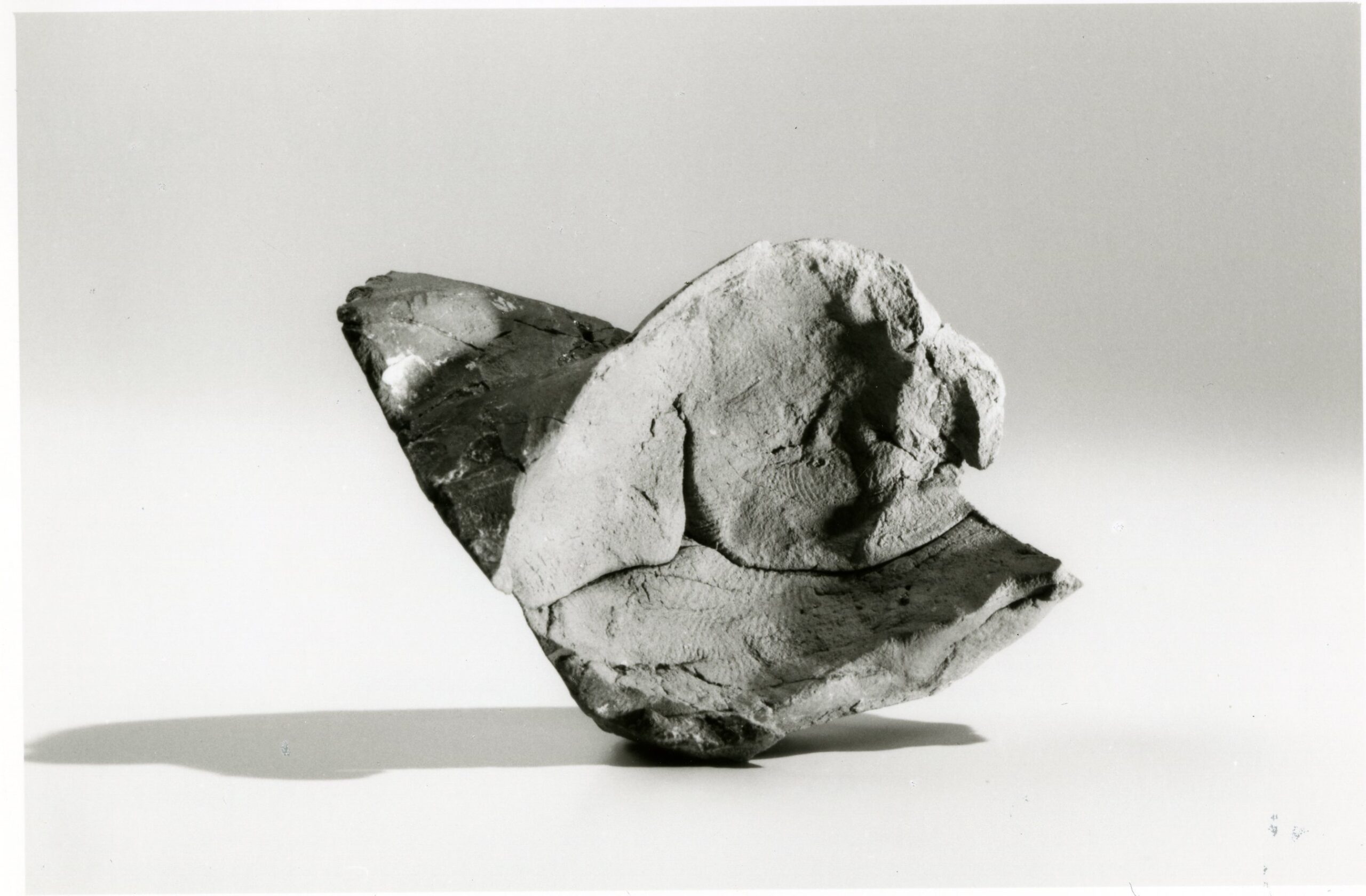For more than a century, fingerprint-based technology for person identification has been applied in forensics, governmental border control, building security access, and, most recently, in smartphone locking systems, e-commerce, and e-governance applications. Interestingly, fingerprints were also found on terracotta sculptures and pottery from past artisans. Despite the successes of 3D fingerprint-based technologies, and the evidence that fingerprints can contribute to the identification of makers, cultural heritage research on 3D fingerprints has lagged behind. Dzemila Sero, researcher at CWI (Amsterdam) and first author of the study, and collaborators from the Computational Imaging Group (CWI) and Rijksmuseum, published the first open access survey on the study of 3D fingerprints in the context of cultural heritage research. The research is published in ACM Journal on Computing and Cultural Heritage: https://doi.org/10.1145/3461341.
Here, they outline state-of-art studies on fingerprint recognition in biometrics, the opportunities of digital fingerprint recognition in answering a range of questions in cultural heritage research, and the challenges that arise when analysing fingerprints in cultural heritage. Specific merits are given to the close partnership between the FleX-ray Lab (CWI) and Rijksmuseum in shaping the future of fingerprint recognition research in cultural heritage, both in the Netherlands and abroad.
This reseach is part of the NICAS Impact4Art project.

Fingerprints photographed during restoration at the internal joint by the shoulder of putto attributed to Jan Baptist Xavery, terracotta, c. 1725–c. 1750.
